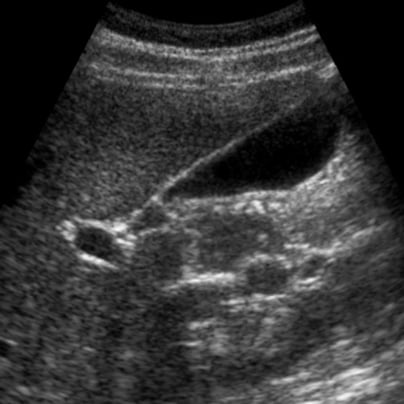The integration of Point-of-Care Ultrasonography (POCUS) into clinical practice has been a game-changer across various medical fields, offering real-time, bedside diagnostic capabilities that significantly enhance patient care. This recent study highlights the utility of gastric POCUS in evaluating patients before upper gastrointestinal (GI) endoscopy procedures, specifically focusing on assessing the adequacy of fasting and the potential risk of aspiration.
Traditionally, assessing a patient's fasting status before procedures involving anesthesia has been based largely on self-reported fasting times. However, this method carries inherent uncertainties and potential risks, particularly the risk of aspiration, which can lead to significant complications. This study sought to validate the effectiveness of gastric POCUS in identifying unsafe residual gastric contents in patients scheduled for upper GI endoscopy, thereby minimizing the risk of aspiration.
In the single-center cohort study, 83 consenting patients were evaluated using gastric POCUS to determine the cross-sectional area (CSA) of the gastric antrum and to assess the presence of safe versus unsafe gastric contents qualitatively. The study further aimed to estimate residual gastric volume using both a formula and a nomogram method, correlating these estimates with the volume of gastric secretions aspirated during endoscopy.
Remarkably, qualitative POCUS scans successfully identified unsafe gastric contents in 4 out of 83 cases (5%)—despite an adequate fasting status. This finding underscores the potential limitations of relying solely on fasting duration as a safety measure. Moreover, the study revealed only a moderate correlation between the actual measured gastric volumes and those estimated by nomogram or formula, highlighting the nuanced challenges of accurately predicting gastric content volume.
The study concludes that qualitative gastric POCUS is feasible and invaluable in daily clinical practice for identifying patients at increased risk of aspiration prior to upper GI endoscopy procedures. By providing a more accurate assessment of gastric content safety, POCUS enables clinicians to make informed decisions regarding anesthetic care, including the need for rapid sequence induction in high-risk cases.
This study's findings align with the importance of comprehensive ultrasound training for healthcare professionals. SonoSim's abdominal ultrasound training. including our GI Tract, Biliary, and Intestinal/Biliary ultrasound training topics, offer an in-depth educational experience, equipping clinicians with the skills necessary to perform accurate PoCUS assessments. The training covers a wide range of gastrointestinal and biliary pathologies, enhancing diagnostic accuracy and patient safety in procedures like upper GI endoscopy.

In conclusion, the study on gastric POCUS before upper GI endoscopy is a compelling example of how ultrasound technology can address critical safety concerns in gastroenterology. SonoSim's abdominal ultrasound training can play a crucial role in advancing these capabilities, fostering a safer, more effective clinical environment for patients undergoing gastrointestinal procedures. Be on the lookout for SonoSim's new Gastric Ultrasound Training Topic... coming this Fall.